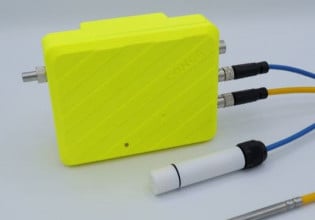A
I have found many articles on the web discussing the use of Report by exception with modbus. However, most of them make reference to the use of other software to enable the functionality (MDBUS or ISaGRAF). My question: Does the Modbus Protocol "Directly" support "Report by Exception"? If so, HOW do you implement it?






